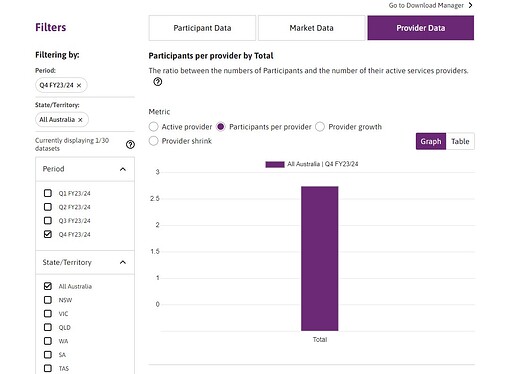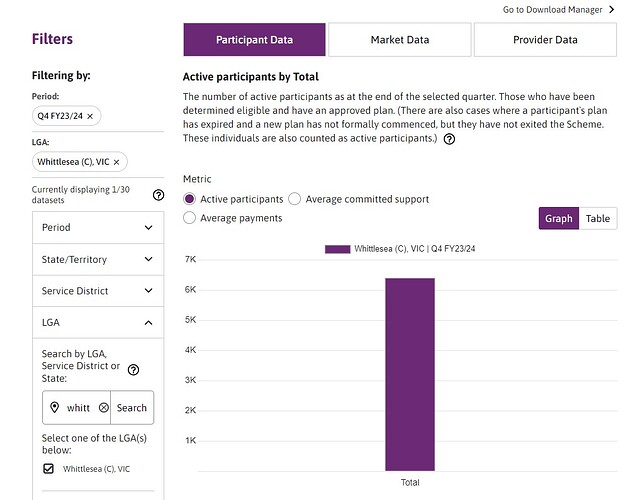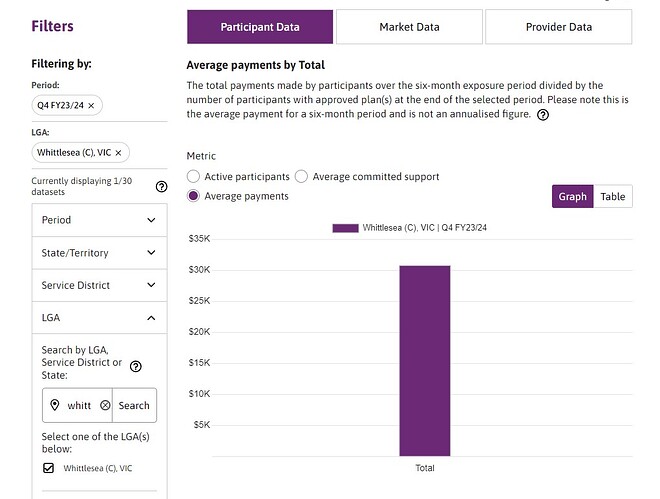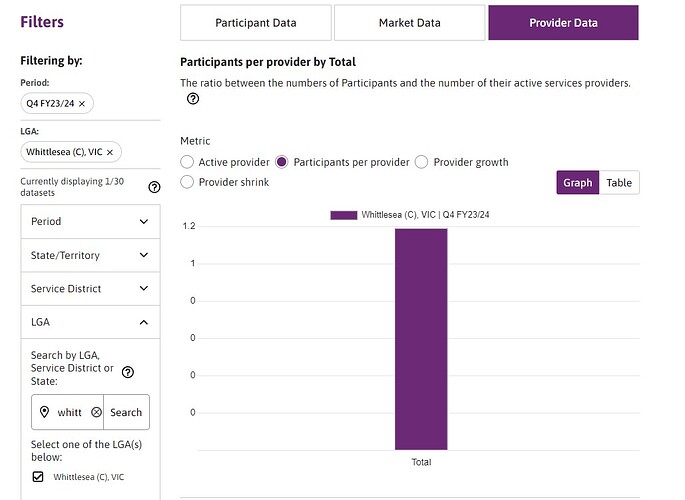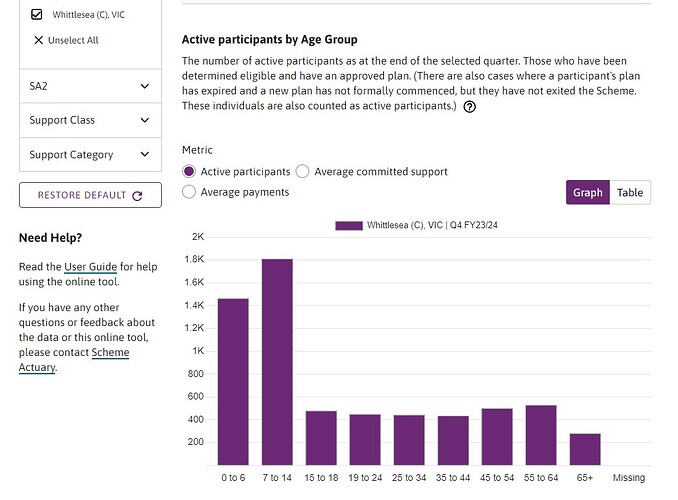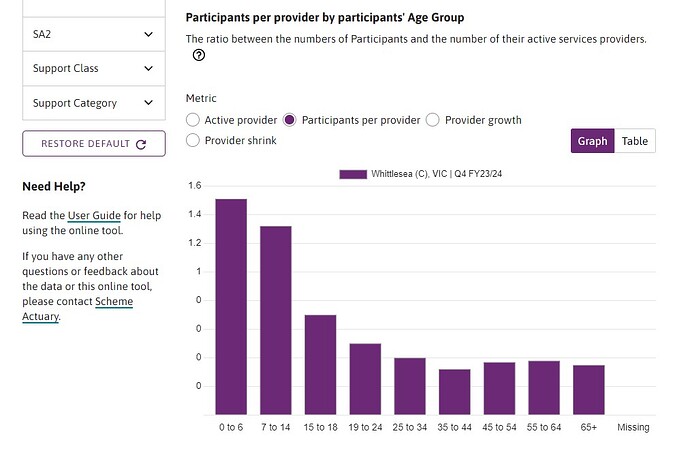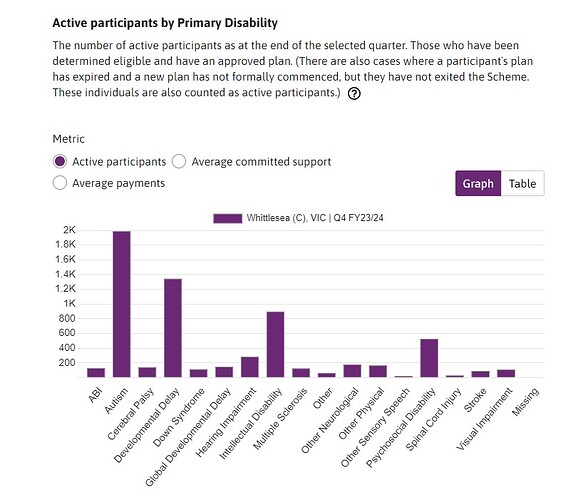Breaking into the NDIS disability market can be a bit of a wild roller coaster. Even more so if you are coming into it with either no business management skills or no hands on NDIS experience. Most human beings are not naturally good business people. There are many skills, tasks and behaviours that people need to learn to be good at running a business even as an independent.
Everyone goes through periods where they struggle. How they handle those periods often make or break their business. Over 80% of independents and small businesses fail in their first 5 years. It is a fact across all industries, not just disability support services. Many fall in their first year. The ones that make it longer will tell you they definitely made mistakes along the way, but they were also lucky to get just enough things right to make it.
If you are coming in from outside, you are going to be missing a lot of basic information about what participants want and need and how to achieve that for them. If you are coming across as someone who worked for someone else previously, you may have only seen a small piece of the puzzle that makes up how to run an NDIS business. You don’t learn how to ensure good revenue flow or calculate running costs while working as a support worker. There are definitely beneficial skills you pick up as an employee but business management isn’t one of them.
Some peoples businesses fail simply because they burn themselves out trying to make it successful. The reward will never be as big as you dreamed if you don’t last long enough to see it.
There will also be a lot of hard lessons to learn as you go along. Some of those lessons can completely decimate your business, others can cause lengthy set backs. Some can land you in serious legal trouble because ignorance is not a defence with you are working with vulnerable people.
So what are some of the common mistakes independents and small businesses are making that are causing them to fail? Lets make a handy dandy little list.
Trying to start too big too fast
We all want to look professional. We all want to stand out and look like a real business. But sometimes we take it too far. People go running out to get a new car, a domain name and email, rent an office, print a bunch of merchandise, pay for advertising and document packages, hire people and so on. Some even register. They create all of these expensive overheads before they even have an income. Then they run into the difficulty of not being able to find participants fast. The overheads keep building.
Any participants they do find can’t negotiate because the business is drowning and can’t afford to be paid anything less than top dollar. They struggle to compete with other independents or small businesses.
Working without a service agreement
The good old gentleman’s agreement where everyone shakes hands and the deal is done. Except, what is the deal? There are some participants who do not understand that service agreements are just as much for them as they are for us. But there are also some who know exactly what service agreements are for and don’t want to have to abide by set terms. You will quickly discover which one you have when you start working for them if they have refused.
I often suggest that you sit with any participant refusing an agreement and have them write one and negotiate the terms from there. If anything goes wrong the NDIA is going to refer to your service agreement to determine if you were in the right or wrong. You also have to ask permission from the participant for every charge if there is no service agreement in place.
The important word in service agreement is agreement. We all have a natural tendency to want to use good will in these situations, and we like to assume others are like us. A good service agreement will keep you out of a lot of unreasonable situations.
Not knowing what your bottom line is
There are a lot of independents and small businesses who struggle to find work. To try and counter this, they start trying to offer incentives, like covering activity costs, or charging very low hourly prices. The problem is that if you are not making enough to cover your running costs, eventually your debits start surpassing your deposits.
What you really need to be doing before setting a rate is setting up a spreadsheet with all of your costs for the financial year. Your insurances, car costs, utilities, activities, groceries, phone costs, everything. You then need to look at the hours you are hoping to work, or if lucky enough already working. Divide your total by those hours and see what your minimum has to be just to break even and then add tax and super to it. In a lot of cases you are going to find that it is getting pretty close to the price guide rates. I am pretty sure someone did the calculation and found that for the vast majority, if you were getting less than $49 per hour you were better off financially shutting up shop and working for someone else. To make it worse a lot of small providers are trying to go above and beyond for their participants and doing a lot of unpaid hours. You should be including those in your calculation to learn what you are really earning per hour.
I helped someone do this recently as they had a very demanding participant who also refused a service agreement. They demanded a rate of $40 per hour and 24 hours on call service. When we did the math the worker was only getting $13 an hour with all the unpaid hours included. The worker also could not take on more paying clients because the participant was monopolising their time. This brings us to our next point.
Forgetting that time spent could be time earning
There are going to be times when participants are going to ask for a little extra, a bit of help, just a chat, a few questions, help understanding something. Going above and beyond for your participants is a good strategy to build up relationship equity.
But you need to know when to draw the line. It is very reasonable for a participant to message in the evening asking if you might be available tomorrow as something came up once in a while. It is very unreasonable for a participant to be messaging all hours of the day and night. It is reasonable for a participant to request regular hours booked in the same time each week. It is unreasonable for them to want you to drop everything the minute they call and have no other participants so you are free for them 100% of the time.
You need to learn to set good boundaries and remember that this is a business relationship not a friendship. You need to include unpaid hours in your calculations because some of those would have been hours you could have been doing paid work.
Expecting workers you hire to work as hard as you or sacrifice for the business
This one is pretty simple, it is your business and you are the only one with significant interest in it succeeding. You will alienate a lot of workers if you are expecting them to do unpaid work, extra favours and what ever else like you do. They are not there for that. They are there to do a job, get paid and go home.
Some businesses try to pay the absolute bare minimum to workers to try and maximise their profit. You will quickly find good workers are very fast to get a better offer and the ones who stay… well you get what you pay for to be honest.
Refusing to negotiate even when they can
Most participants looking for an independent or small business are doing so because they cannot negotiate with larger businesses. Smaller businesses with less overheads have more wiggle room. I wouldn’t call it greedy to refuse negotiations, but I would call it short-sighted.
If you are just trying to take all the money you can now without thinking about tomorrow you are going to learn 2 things. Participants use word of mouth to spread a lot of things to other participants and participants will happily leave you in the dust as soon as a better deal comes along even if it ends up being a bad one. Their budgets are what they are and there is no wiggle room there.
If you are willing to negotiate, you can come to agreements that benefit both parties. You also build up relationship equity and you are more likely to get new word of mouth business.
Going into business without having done any market research what-so-ever or based on opinions and gossip
The number 1 question on every NDIS business page is “Where do I get participants?”. How or why anyone starts a business with no knowledge on this I will never understand. The average number of participants per provider (including independents) across Australia is 2.7. That means there are tens of thousands of providers with zero to account for larger companies with more than 50. Some LGA’s are so flooded with workers that the average is actually down to 0.5.
The other problem is that a lot of small providers don’t know what disabilities make up the market share in their area. They just put out a generic ad, which may not even cover the disabilities in their area and it gets washed out into a sea of ads never to be seen again.
If you haven’t done your market research, at bare minimum, head over to the NDIS statistics and just look at your LGA to see what you are competing for even if you don’t want to spend time learning about who you are competing against.
https://dataresearch.ndis.gov.au/explore-data
On this page you can look at all of Australia, state by state, your LGA or even a particular suburb.
You can see here I have all of Australia and I am looking at participants per provider.
I’m going into the settings on the left and I am just going to select one LGA to look at.
You can see there are 6400 participants in this LGA.
You can see that the average amount of funding each one has used in the last 6 months is $30,000.
You can also see there are 5400 active providers in this area. Quick math recap, there are 6400 participants and 5400 providers in this area.
The average number of participants working with each provider in this area is 1.1. This would be an extremely difficult area to start marketing to. And each one is only paying $30,000 total on all their supports including allied health and plan management every 6 months.
Now lets say you wanted to abandon all sense and reason and market there anyway. Lets look into the data.
The participants are fairly evenly split between adults and children. This might seem reasonable on the surface.
But then you switch to the provider view and you will see the vast majority of the adult categories are showing many providers have zero. This indicates there is probably a larger or a couple of larger providers there with the vast majority of the adult participants under their care (I am betting money on Genu being one of them).
So you would be going into an area where there are already a lot of actively looking providers with no participants to work for. Now we need to look at what disabilities the people in the area have.
As you can see from the graph, Autism and developmental delay are the two main groups. If you are not advertising and catering to those specific groups and carrying skills catering to children, you are not going to get any traction in this area. Not that many are anyway.
I will stop there. There is more data on there to see, but I hope this gives you an idea of what you should be doing as part of your market research. Even if it is just for fun, look up the area you want to be operating in and check out your stats. You may find you need to shift your target area or provided services to get more success.
And remember you are competing with providers who found their niches in those areas well before you came onto the scene. You need to find what is going to give you the competitive edge.
Posting anonymously when advertising or looking for participants to work with
I cannot stress this enough. No one will ever get in touch with an anonymous account. They just wont. Scammers use anonymous to scam people, there is no identity to build rapport with, there is nothing to begin building the trust needed.
You are the product you are trying to sell. You would never buy any product online if you couldn’t see a picture of it, that would be ridiculous. You are the product and it is no different here. Especially when you are competing with 30-40 ads who are showing their picture.
Cold-calling and cold messaging
You are a business, please treat your methods of contact as such. Especially on Facebook. You can’t treat your business page like your personal fun page and be sliding into people DMs with a sales pitch. You, as a business, actually breach anti spam laws, regardless of if it is to a participant or another business, if you are cold messaging, texting or emailing. You must get consent.
It is also a real turn off for participants who will mostly just block and ignore you. You can get more information about this in this link. Avoid sending spam | ACMA
I was scammed by a fake participant on Facebook
Everyone gets bitten by this at least once.
No matter how desperate, don’t accept jobs from accounts a month old with no profile picture and one friend who ask you for your bank details to make payment.
Always verify with the plan manager and coordinator that the NDIS participant number is real and correct and has funds before commencing work.
Don’t accept work paying for things like groceries or white goods for the participant and then trying to claim it back as an hourly rate through their funding.
Also if you get a message from someone claiming to be from meta who is deleting your account because of copyright breach, do not click the link.
There are actually quite a few scammers in those groups. Be wary.
I didn’t get paid because the plan ran out of funds but the participant still wants me to come in for shifts
Not to be heartless, but we are back to the words treat this like a business relationship, not a friendship. Participants aren’t interested really in whether you get paid, just that the services they want are provided.
Not all do this, but there are some who will run out of funding and deliberately keep hiring workers knowing they will not be paid. No pay, no work. This is also where your service agreement is super important, because your only method of recovery is to sue the participant. The NDIA will not get involved. If funds are out they are out. Without a service agreement there is nothing binding to enforce to have the participant pay you for the work.
Sometimes we write it off because it is a couple of hundred dollars, but there are independents in some cases out thousands.
I think I will end it there. If you have come across other problems (outside of legislation and price guides because those are bare minimum necessity knowledge) that have caused hiccups, feel free to share. Also if you faced a problem and found a way to overcome it others would be interested in hearing your tale.
